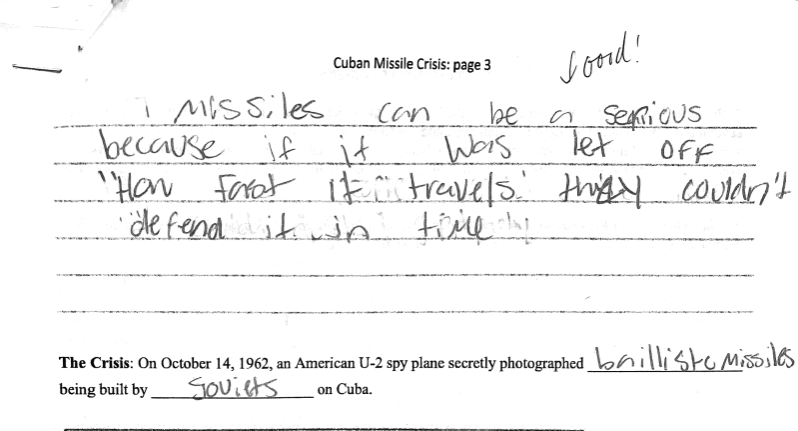Standard #8: Instructional Strategies
The teacher understands and uses a variety of instructional strategies to encourage learners to develop deep understanding of content areas and their connections, and to build skills to apply knowledge in meaningful ways.
The Instructional Strategy standard involves differentiating instruction in order to engage a diverse body of students. The teacher understands that their role changes in the eyes of the student (instructor, facilitator, mentor, etc). The teacher represents content and skills in varying fashions and allows students to apply and interpret that knowledge through various forms of communication (oral, visual, written, etc). Higher cognitive learning should be encouraged through problem-solving, invention, critical thinking, creative thinking, and recall.
It is necessary to differentiate instructional strategy because every student absorbs information and presents their understanding in different ways. Using different approaches allows a teacher to reach students of multiple learning styles. It also allows the teacher to review material and check for understanding without boring students with the monotonous classroom activities they often expect. Good practice of this standard creates a more engaging experience for the students and instructor.
Storytelling is a highly effective teaching strategy. Within American history, I found it especially useful when covering content on wars. I planned a lesson around telling the story of the Cuban missile crisis. Hot cognition helped get the students’ attention, because they had already learned about the swift and devastating capabilities of ICBM’s just a few days prior. Focusing on chronology helped students empathize with the Soviet Union and Cuba, because students saw that American actions grew increasingly threatening in the months leading up to the crisis. Historical information is often easier to remember when presented this way.
This lesson was modified from a high school unit I created on the crisis.
The use of disposition modeling to cover serious political issues can help build civic traits within students. This means a teacher should model sensitive ways of thinking and a proper attitude when approaching real-world issues.
The attack on Pearl Harbor and the subsequent internment of Japanese-Americans was one topic that required this. Before students read about children of the internment camps, I presented slides of Ansel Adams’s photographs of the camps in California. The images of the terrain helped convey the isolation and grief felt by those interned there.
Another instructional strategy I experimented with was front-loading key vocabulary. To introduce the Civil Rights Era, I first asked students to quickly create their own definitions of “discrimination” and “segregation”. After we came to a conclusion on what we thought the most comprehensive definitions were, we discussed exactly how African-Americans were touched by racism. We even touched on the effects on housing and neighborhoods as well as the lasting psychological and sociological ramifications.
I found it was better to provide students with clear definitions prior to teaching a narrative, because it gave students the opportunity to share their background knowledge and metacognition in anticipation of the story they were about to learn.




